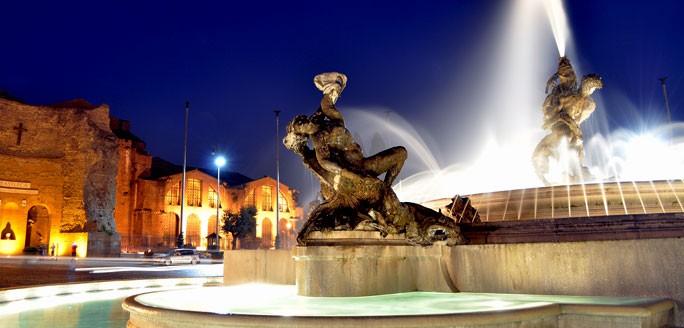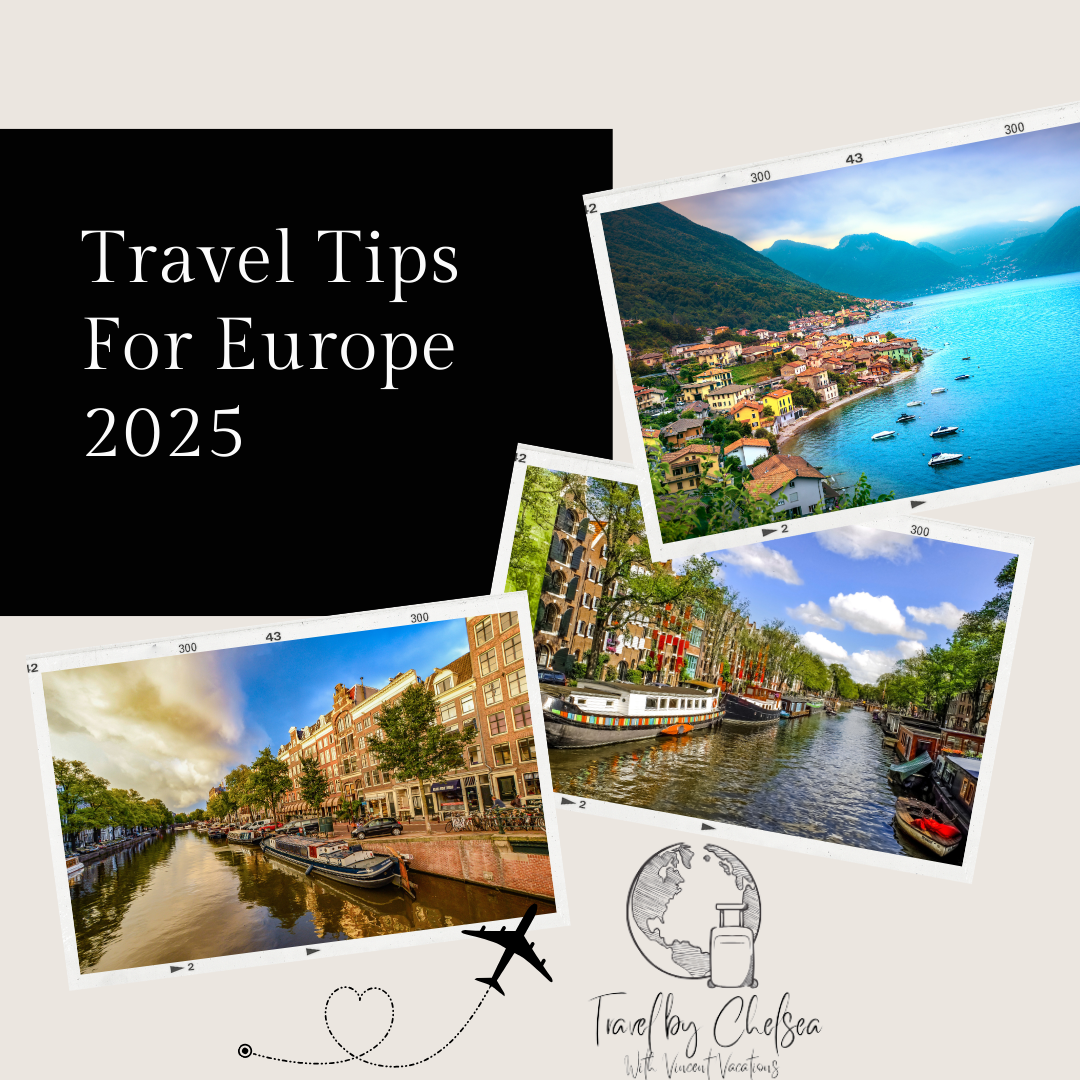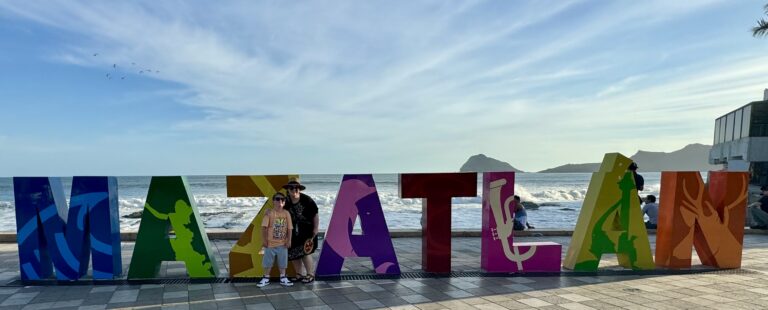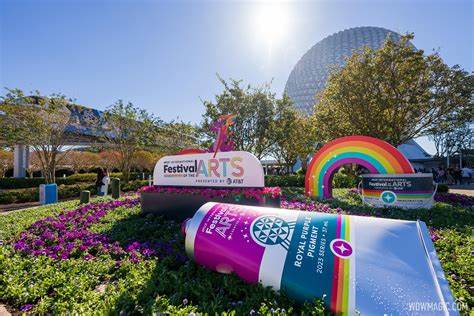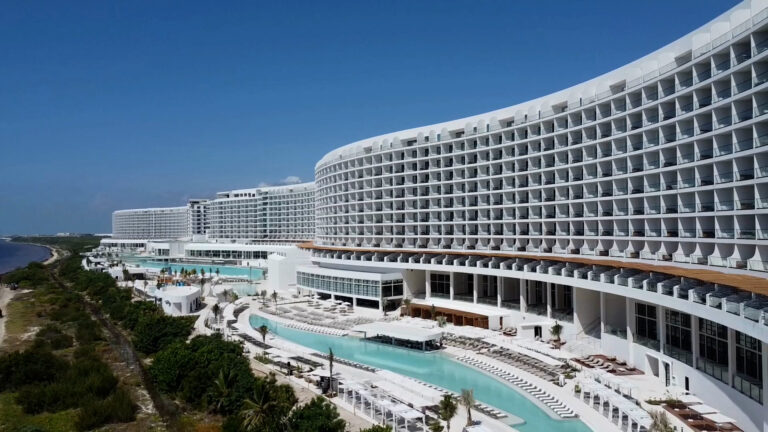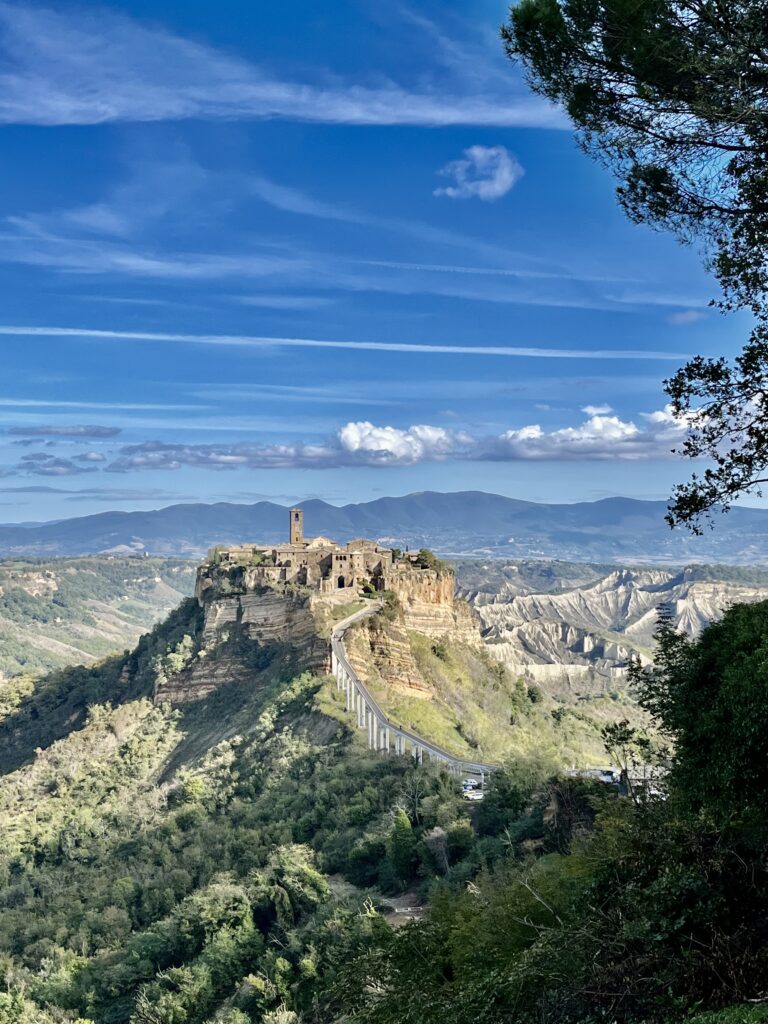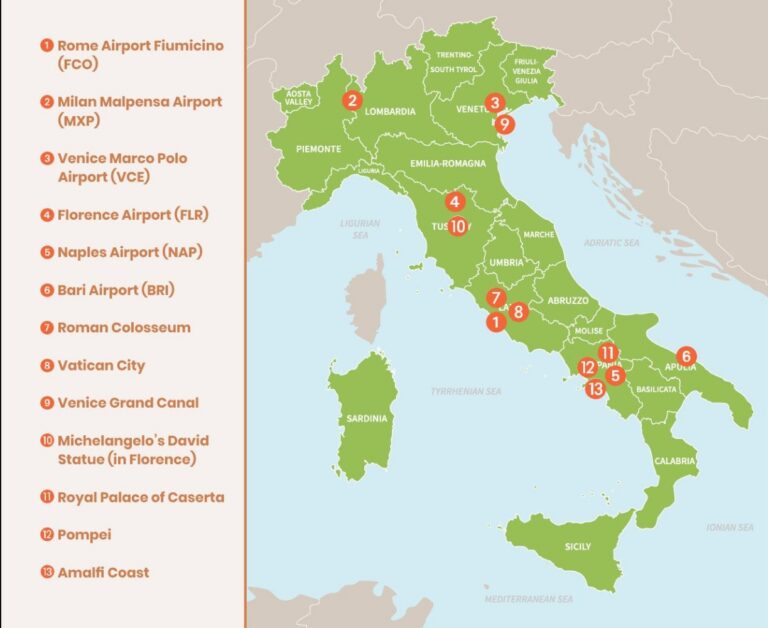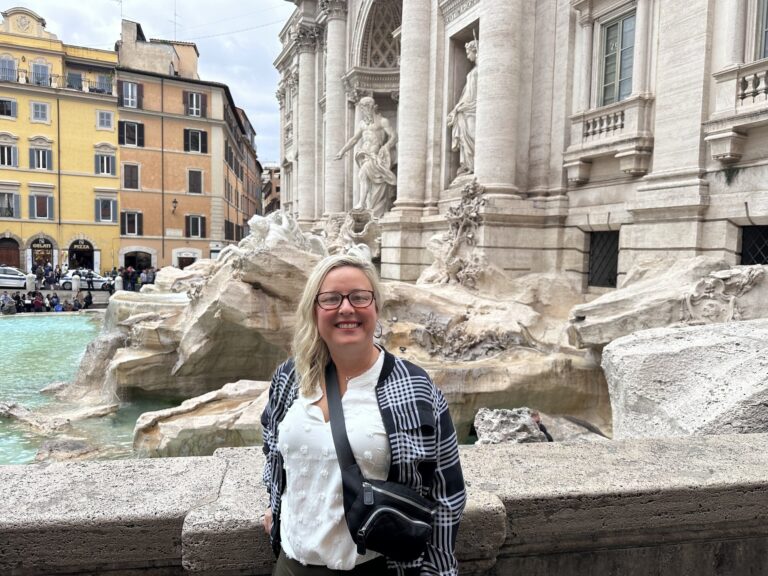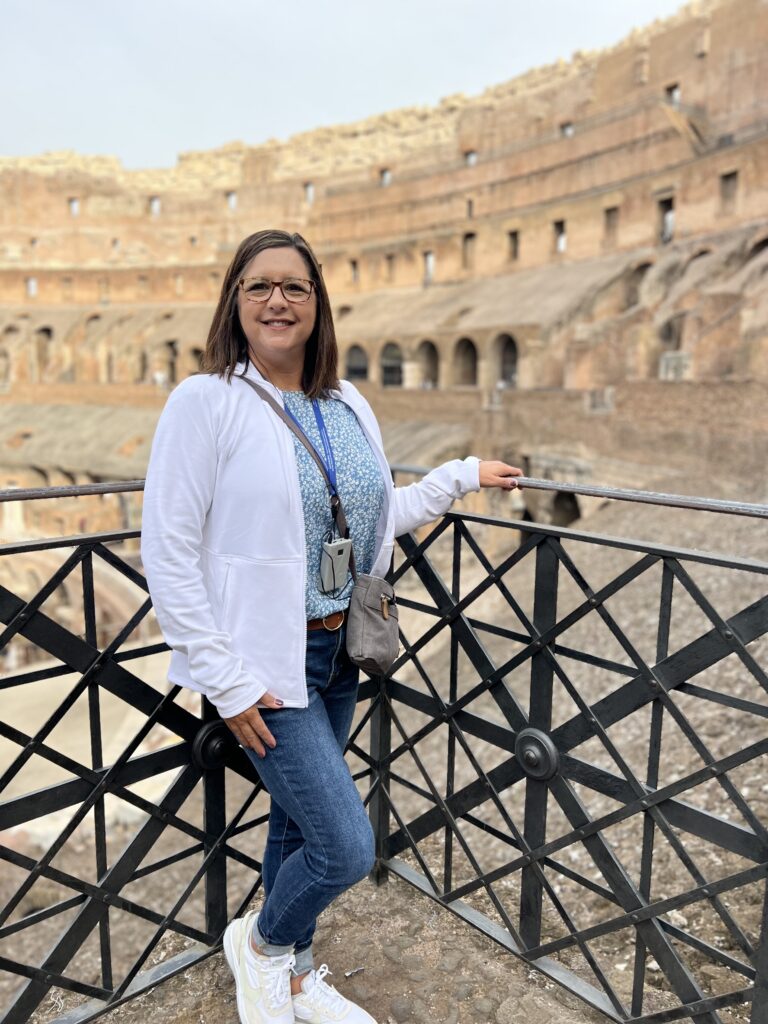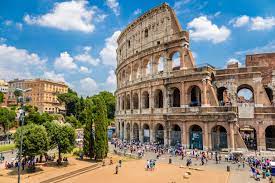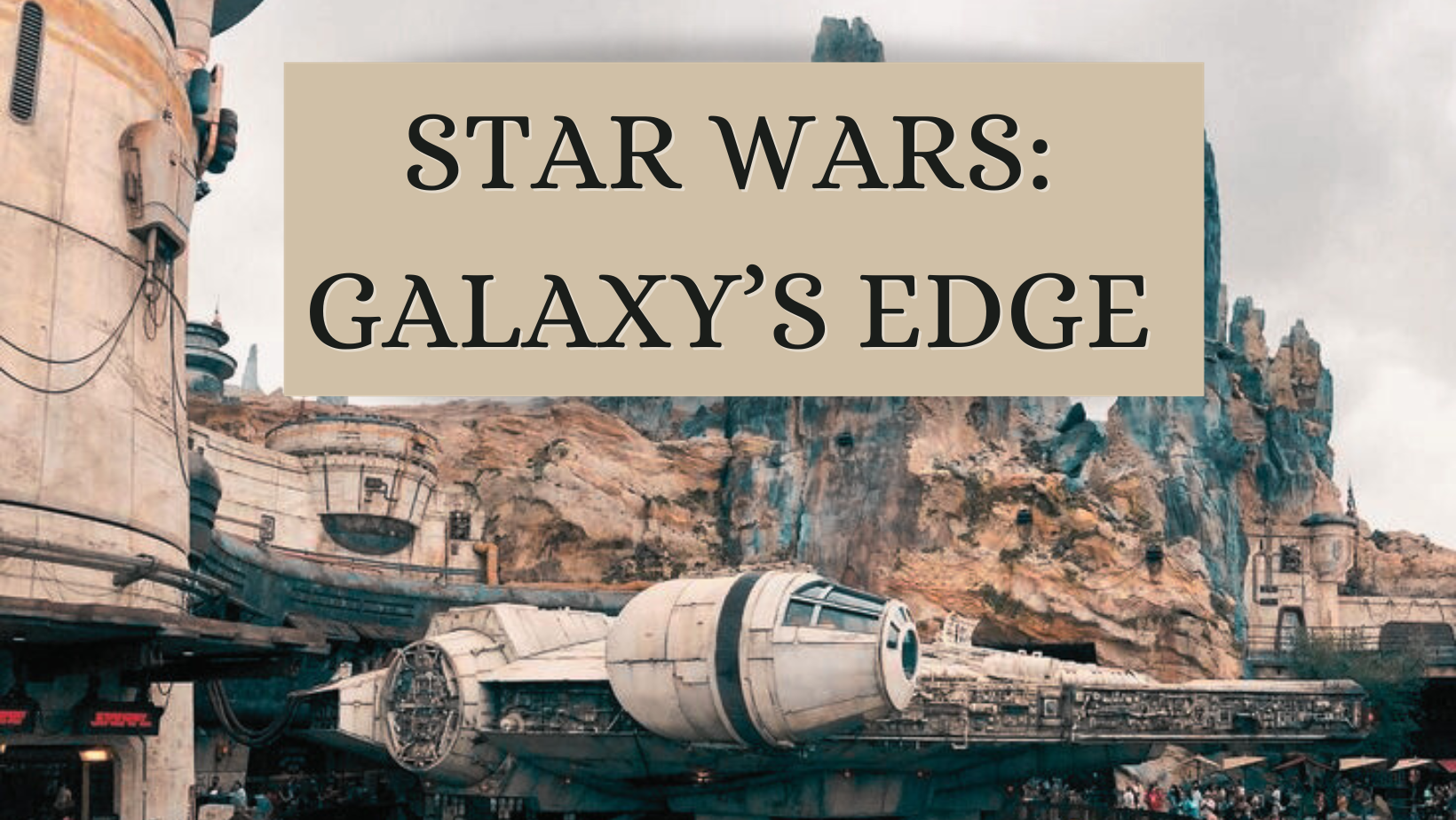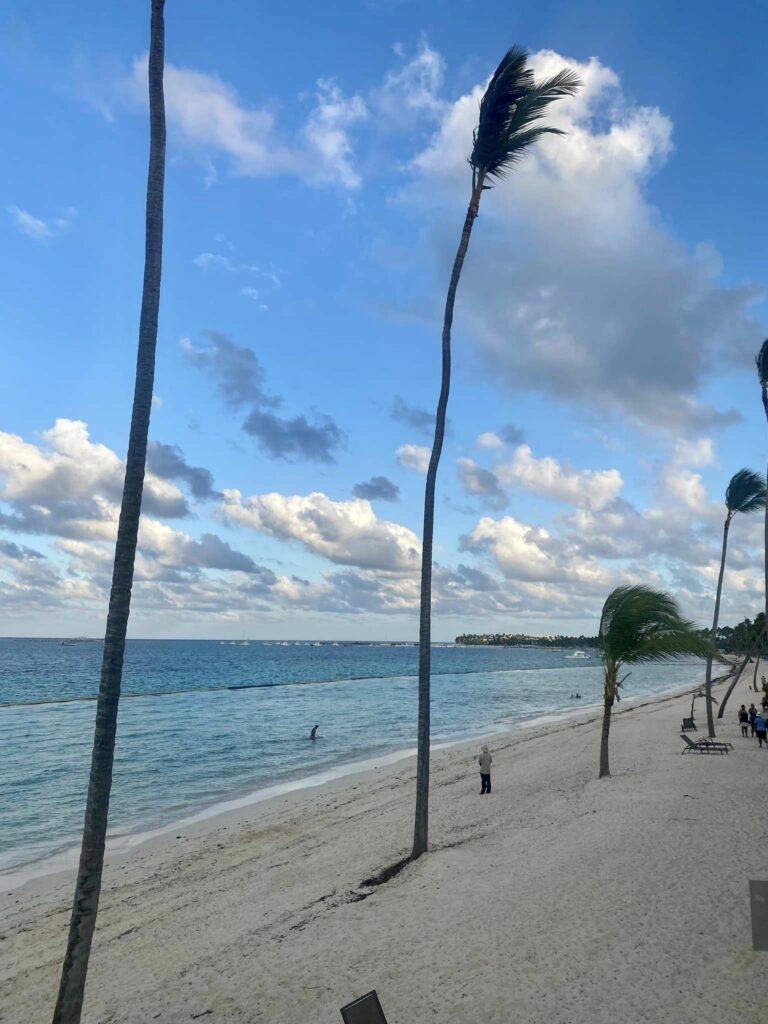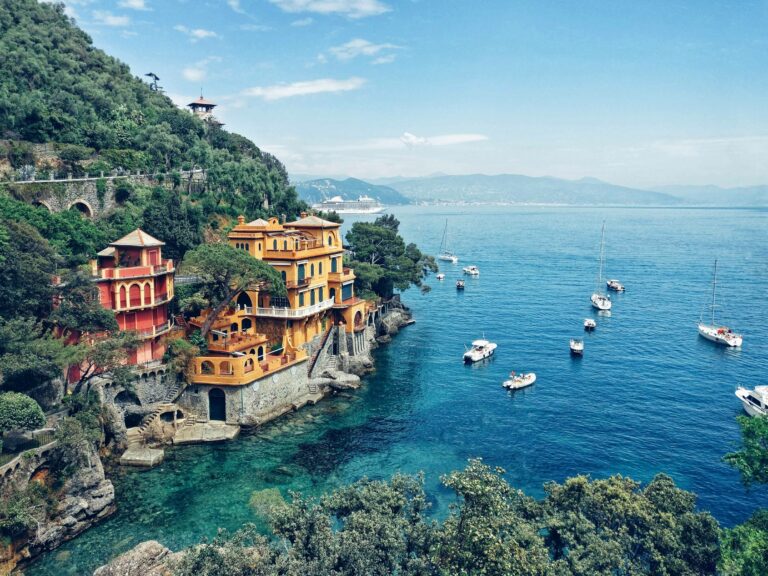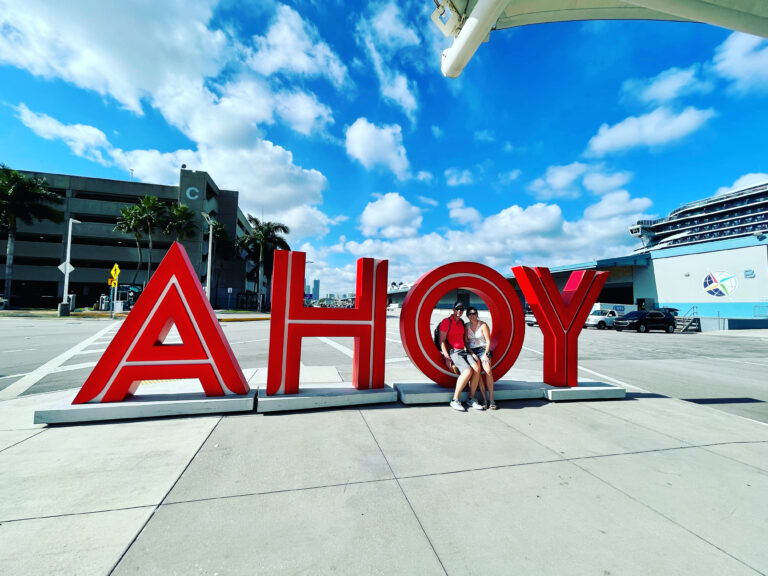We recognize that Disney vacations are not just an investment, but often the highlights of our lives, and we take that responsibility seriously. We want to ensure you have the best vacation experience.
Interested in a job in travel? Click here to learn: How to Become a Disney Travel Agent
Overview
Introduction
For Old West-history buffs, Jerome, Arizona, located 110 mi/175 km north of Phoenix, is a wondrous place. Miners began to work the area in the 1870s, and the town boomed and busted several times, depending on the price of copper.
When Jerome boomed, it was known to be wild and wicked, but the mines shut down for good in the 1950s. For a time, it seemed that Jerome might be completely abandoned, but an active, arty crowd revamped the area beginning in the 1960s. Art galleries remain a big part of Jerome's business community.
Incredibly, much of the town has actually slid down a hill over the years. The Sliding Jail and the privately owned Powder Box Church (built from empty dynamite boxes) are two of these less-than-solid structures. Both can only be viewed from the outside.
The Jerome State Historical Park provides a good overview of the town's mining history. The park's museum is housed in a 1916 mansion and contains video programs, mining tools and historic photos. Look for information on the fires that destroyed some businesses more than four times. http://azstateparks.com/parks/jero/index.html.
The Mine Museum will give you further background on the amount of money that changed hands in the heyday of the gold, silver and copper enterprises (http://jeromehistoricalsociety.com). Tourism continues to boost the downtown area, with a wealth of new opportunities for eating and lodging. Among the most recent renovation is that of the 1898 Connor Hotel, once again a linchpin of local activity.
The entire town is a step back in time, but the Grand Hotel is especially interesting. Ghost-hunting tours are offered on select weeknights. Everyone should eat at the hotel's Asylum Restaurant at least once.
Overview
Introduction

Rome seems to have its own gravitational pull, attracting not only millions of tourists each year, but also the most creative artists and thinkers of every era. All that surrounds a visitor in Rome—the stunning art and architecture, the terrible traffic, the grandeur of scale and the lively (almost hyper-animated) citizens—guarantees an unforgettable trip.
Known as "The Eternal City," Rome is a supreme palimpsest. The ruins of pagan temples have become the foundations of Christian churches, ancient theaters have been made into medieval family fortresses, and Corinthian columns support new walls. The ages are layered, one atop the other, but the flow of Roman life is ever forward, with a respect for its glorious past.
Rome wasn't built in a day, so don't expect to see it in one. The historic center alone could absorb a week: the Michelangelo-designed Campidoglio, the Pantheon, the Palatine Hill and the Roman Forum, as well as the nearby Colosseum and Baths of Caracalla. The basilicas take a little longer because they are spread throughout the city.
If it's Rome's views you're after, climb up into the dome of St. Peter's or admire the panorama from the top of the Spanish Steps (better yet, from the Pincio Gardens above it) at sunset. Or survey the Forum at night from the Capitoline. Bustling, beautiful Rome, sprawling among its seven hills, is fascinating for both its ancient and its modern wonders.
Of course, not everyone immediately loves Rome: Some dislike the city's untidiness and seeming disorganization. But give la citta eterna a chance to charm, or else risk missing something magnificent.
Must See or Do
Sights—The ancient Forums, Palatino Hill, Foro di Traiano, Piazza del Campidoglio and Colosseo (the Colosseum); Basilica di San Pietro; the fountains of Piazza Navona; the Spanish Steps; the Pantheon; Trevi Fountain; Circo Massimo; the catacombs and monuments along the ancient Appian Way; Piazza del Popolo and the Pincio Gardens above it; Castel Sant'Angelo.
Museums—The Musei Vaticani and the Sistine Chapel; sculptures, frescoes and the Tabularium of the Musei Capitolini; phenomenal art at the Museo e Galleria Borghese; the privately owned Galleria Doria Pamphili; the unique paintings in Palazzo Barberini; the modern works at the Galleria Nazionale d'Arte Moderna e Contemporanea; the Etruscan treasures at the Museo Nazionale Etrusco di Villa Giulia; history's layers at the Museo Nazionale Romano—Crypta Balbi.
Memorable Meals—Linguine with lobster sauce followed by baked turbot at Ristorante da Vincenzo; sliced, aged beef with fresh basil and Parmesan cheese at Da Tullio; cacio e pepe at Flavio al Velavevodetto; brusque service and celebrities in the spartan Pizzeria Panattoni "Ai Marmi"; nouvelle cuisine at L'Antico Arco, atop the Gianicolo Hill; wandering the ancient streets with slices from any pizzeria al taglio (takeaway); a picnic from the gourmet deli Volpetti.
Late Night—Fine jazz at Alexanderplatz; kitsch at Jonathan's Angels; a quiet drink at the swanky Caffe della Pace; dancing at Zoobar or other Testaccio hot spots; late-night vistas from atop the Gianicolo Hill, at the electric Piazza Navona or while walking from Piazza Venezia to the Colosseum.
Walks—A leisurely walk from the top of the Spanish Steps to the Pincio Gardens at dusk; a daytime walk through the outdoor market at Campo dei Fiori; an excursion from the Trevi Fountain to the Pantheon before or after dinner; a nighttime trek to view the Colosseum and the ruins of the Forums beautifully illuminated; a midnight adventure through the medieval streets of Trastevere; a stroll in the picturesque open spaces of Villa Borghese and Villa Pamphili.
Especially for Kids—The Bioparco zoo in Villa Borghese and its Children's Farm; the Explora—Il Museo dei Bambini di Roma children's museum; climb the dome of Basilica di San Pietro; stick your hand in La Bocca della Verita (the Mouth of Truth) at Chiesa di Santa Maria in Cosmedin; search for animals and other hidden pictures on fountains and monuments; train to become a gladiator by attending "gladiator school"; indulging in gelato and pizza.
Geography
For urban planners and traffic managers, Rome is a headache. Streets originally designed for horses now have to accommodate SUVs. Fortunately, visitors need only focus on navigating the city, not solving its traffic problems.
The city's historic center is the Centro Storico—it's on the left bank (east side) of the Tiber River (called the Tevere in Italian), and home to the original seven hills. The ancient political, spiritual and commercial heart of this area is the Campidoglio (Capitoline Hill) and the adjacent Foro Romano (Roman Forum). Nearby are the most important monuments of ancient Rome, including Trajan's Markets, the Imperial Forum, the Colosseum and the Arches of Constantine, Septimius Severus and Titus. To the south are Palatine Hill, Circus Maximus and, a bit farther, the Baths of Caracalla, the Appian Way and the Christian catacombs.
The city's main piazzas are also helpful for orientation. Piazza Venezia and the adjoining Piazza Campidoglio are just northwest of the Roman Forum, and Piazza Navona is still farther northwest. Piazza del Popolo is on the western edge of Villa Borghese, a large park northeast of the Centro Storico. Piazza di Spagna and the Spanish Steps are just south of Piazza del Popolo. Connecting Via del Popolo and Piazza Venezia is Via del Corso, one of the city's main streets.
On the right (west) bank of the Tiber, west of the Centro Storico, is Vatican City. To the south of the Vatican are Villa Doria Pamphili and Gianicolo (Janiculum Hill). The medieval neighborhood of Trastevere (literally, "across the Tiber") is between the Gianicolo and the river, nestled in the westward bend of the river across from Isola Tiberina, an island in the Tiber. On the east side of Tiberina is the old Jewish ghetto, which contains one of the largest synagogues in Europe, along with some of the best restaurants serving traditional Roman fare.
History
Rome is nicknamed The Eternal City not merely for surviving almost 3,000 years, but also for retaining political, religious and artistic significance throughout that time. Legend has it that Rome was founded by Romulus in 753 BC, but archaeologists have found evidence of a much earlier Etruscan settlement. Fact and myth are difficult to untangle, but it's clear that Rome was already the major power in Latium by the time of the Republic's foundation in 509 BC. By the first century AD, Rome was dominating the Mediterranean through military conquest, cunning diplomacy and innovative political organization.
During the period of the late Republic, Julius Caesar and other generals extended the boundaries and glory of Rome, while simultaneously destroying its principles of government. The Roman Empire followed, remaining a heavyweight power for hundreds of years. Initially, literature flourished, with great emerging writers such as Cicero, Virgil, Catullus and Ovid. As the arts bloomed, however, the political structure crumbled. Squabbles and coups—as well as increased debauchery—eventually led to the Empire's division and fall.
In the first century AD, the apostles Peter and Paul arrived in Rome to proselytize, but they were martyred, along with hundreds of other Christians. Persecutions continued, on and off, until the Emperor Constantine legalized the faith in 312. The first Christian emperor also gave the Catholic Church temporal powers, beginning the papal state, which continued until the end of the 19th century (with occasional periods of foreign occupation). Papal coffers funded the projects of Michelangelo, Raphael and Bernini, the University of Rome and much of the city's infrastructure—as well as the infamous inquisitions, beginning in the 12th century.
Benito Mussolini descended on Rome in 1922 and formed the world's first fascist government. When World War II broke out, the nation allied itself with Nazi Germany, but the Partigiani (Resistance) soon convinced most Italians to support the Allies. Rome's open-city status spared it from the destruction of bombing but did little to stop the massacres and pillaging by the Germans.
U.S. troops liberated Rome on 4 June 1944, yet the city and country were destitute. The 1950s economic boom revived both, triggering the dolce vita era of glamour. The capital steadily grew in cultural and political power. Massive restoration projects have taken place in the past few years, including facelifts for iconic monuments such as the Colosseum, the Trevi Fountain and the Spanish Steps. Rome continues to bloom with art, architecture, culture, tourism and fine living.
Potpourri
The Kingdom of Italy was proclaimed on 17 March 1861, but it was not finally unified until 1870.
The calendar we use today is more than 2,000 years old and was started by Julius Caesar. The month of July is, in fact, named after the emperor himself.
Italy celebrates 1 May as a national holiday, akin to the U.S. Labor Day; during this time, Rome hosts numerous concerts and international celebrities congregate in the city.
Ferragosto on 15 August is a national holiday when almost everything in Rome is closed with the exception of tourist restaurants. The holiday was established by the Emperor Augustus in 18 BC because he needed a rest. It is derived from the Latin words Feriae Augusti, or "Augustus' rest." It also coincides with the Catholic Feast of the Assumption.
The games held to mark the inauguration of the Colosseum lasted for 100 days and nights, during which more than 5,000 animals were killed.
The historical center of Rome was frequently flooded by the Tiber River until retaining walls were built in the late 19th and early 20th centuries. Since then, the river has flooded the city only twice, in 1937 and 2014.
Italian children have only recently started receiving gifts from Santa Claus. Until the last decade or so, Italian children primarily received presents from the Befana witch on the eve of 6 January, which is Epiphany or Twelfth Night. The tradition traces from pre-Christian times. Befana leaves a lump of coal (mostly candy shaped as coal), since no children are thought to have been good all year.
Romans have traditionally used "talking statues" to voice their opposition to corruption and abuses by tacking notes onto statues on busy streets. Although the practice has been largely abandoned, four important talking statues remain: The Pasquino (Piazza Pasquino), Marforio (Capitoline Museums), Babuino (Via Babuino) and Il Facchino (Via Lata).
Romans are among the most superstitious Italians. When Romans see a nun, they immediately touch iron to ward off bad luck; bird excrement on the shoe and hearing a cat sneeze are considered signs of good luck. In a restaurant, pouring from a bottle with your hand on the bottom, or failing to look your companion in the eye while clinking glasses together for a toast, are both said to bring bad luck.
Location
Civitavecchia Port is one of the country's oldest functioning ports, established in the second century by Roman emperor Trajan. It is a major cruise ship and ferry port with daily ferry connections to the Italian islands of Sicily and Sardinia.
There are 11 quays dedicated to cruise ships and 20 piers dedicated to container ships and car ferries. Dozens of cruise ships are docked in Civitavecchia throughout the year, though there are few amenities in the city of Civitavecchia itself. There are sidewalk cafes and restaurants along the port. Free Wi-Fi is available throughout the town, as well.
Civitavecchia Port, with its Bramante terminal for cruise passengers, is 50 mi/80 km northwest of Rome and can be easily reached by urban train, taxi or private shuttle service. The train station is 2,000 ft/600 m from the Bramante cruise terminal, so local taxis generally will not make the short transfer.
A special train service called Rome Express is reserved only for cruise passengers, with direct service from the port to St. Peter's station near the Vatican. The nonstop trip takes an hour. Passengers can also reach the center of Rome on Trenitalia urban trains to Rome's Termini station. These trains stop in small towns along the way and take around 80 minutes (unless you take a fast, direct train, which takes only 40 minutes). The timetable is irregular, but there are generally two or three trains an hour. The Civitavecchia port authority has also set up a free bus shuttle service to the Civitavecchia railway station.
Shore Excursions
Shore excursions often include sightseeing trips to Rome, outdoor activities in nearby Lake Bracciano or outings to a complex of outlet shopping malls.
Overview
Introduction
Like its namesake in Italy, Rome, Georgia, was built on seven hills. The connection to the Italian city is underscored by the statue in front of City Hall: It's a bronze reproduction of the famous sculpture of the wolf that nursed Romulus and Remus, the twin founders of ancient Rome. The city received the statue as a gift from Mussolini in 1929, before Il Duce went on to commit less friendly acts.
Once a Cherokee village, the city, located 70 mi/115 km northwest of Atlanta, has been an important manufacturing center since the early 1800s. It's home to a number of intriguing historical attractions. Stroll past the vintage homes on Broad Street in the Between the Rivers Historic District, and visit the old cemetery on Myrtle Hill, which contains the graves of close to 400 Confederate soldiers.
Rome's Berry College is home to the magnificent Oak Hill Plantation as well as the Ford Buildings, which house a collection of Appalachian arts and crafts.
Of particular interest is the Chieftains Museum, located in the former home of the Cherokee statesman Major Ridge. Ridge tried to make peace with white settlers by signing the Treaty of New Echota, a land-for-peace swap in which the Cherokee accepted part of Oklahoma in exchange for their ancestral lands in Georgia and other parts of the Southeast. The treaty was a disaster and led to the brutal expulsion of Native Americans from the South—the forced march known as the Trail of Tears.
Southeast of Rome is the Etowah Indian Mounds Historic site in Cartersville, the ruins of massive earthworks that were at the heart of the Etowah Indians' social life and religious ceremonies. A museum at the site houses a collection of Etowah artifacts.














